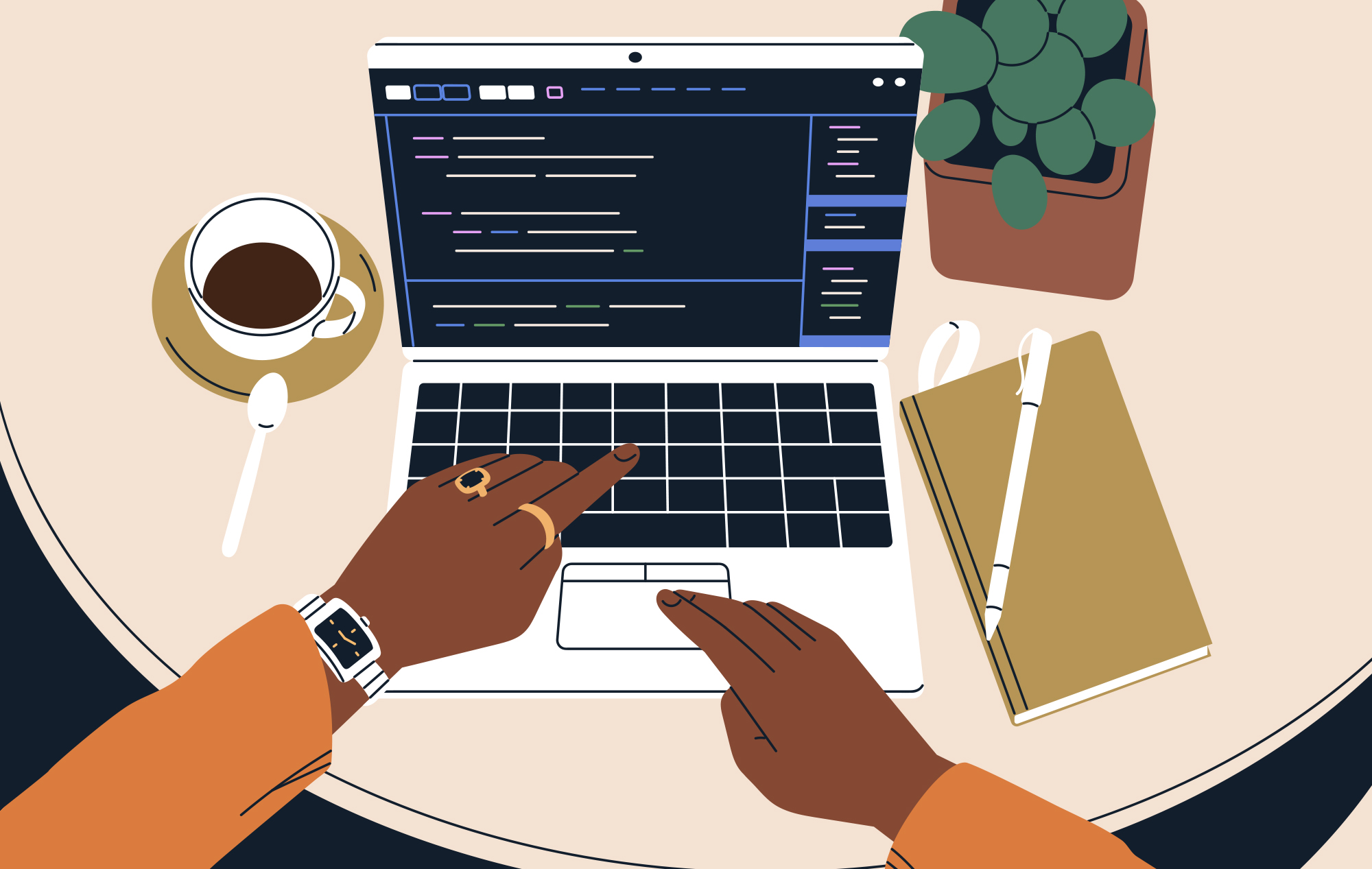It's common for most manufacturing companies to employ dedicated product development teams charged with cultivating new product ideas and ensuring merchandise works as intended. When developers design new products, they typically move from ideation to creation before testing the merchandise with consumers to make adjustments.
It's that process that Google’s Head of Product Inclusion, Annie Jean-Baptiste, believes could become more equitable. Jean-Baptiste argues that product development teams should invite feedback much earlier in the process, with a particular emphasis on consulting oft-underrepresented groups.
Her philosophy is simple: Every product should start with equity in mind. That was the theme of Jean-Baptiste's 2020 presentation called "The Role of Technology in Bridging the Digital Divide," in which she defined "product inclusion" as the process of “bringing diverse opinions to the table at critical points throughout the product design process so we can lean into our mission."
Naturally, this should start at the ideation stage, with developers asking: “Who else can use this product and who can we include or receive feedback from?”
In a Google-sponsored Harvard Business Review report, the tech giant said: “Inclusion shouldn’t be an afterthought. We want to make sure that underrepresented voices are being heard throughout the product development process.”
Because consumers come from different backgrounds and experiences, it’s essential to focus on intersectionality and to consider various "dimensions of diversity," such as race, gender, age, education, ability and geographic location, explains the report.
On her personal site, Jean-Baptiste, who is also the author of "Building for Everyone" and the founder of Equity Army, outlines four product principles that can serve as a blueprint for inclusive product development.
Jean-Baptistenotes that a holistic approach is "majestic," adding: “When we think in silos, we build in silos. People have multiple ‘meltable dimensions’ that work together to make them beautifully unique. Building for one dimension without considering others oversimplifies.”
Once you create a product with equity in mind, Jean-Baptiste recommends continually testing it to ensure it remains accessible and inclusive.
When implementing each of these steps, it's important to incorporate underrepresented voices. Organize testing and feedback sessions with a diverse group of people.
“You cannot build products for everyone without speaking to them,” Jean-Baptiste said in “The Role of Technology Bridging the Digital Divide” presentation.
In a separate piece for the site Medium, she added: “When organizations prioritize voice, visibility and validation, and create space for experiences of those at the margins to share their experiences in a safe space (and act on the perspectives shared), value is unlocked."
Ensuring those in underrepresented communities have a say in product development leads to innovation, she explains.
"We’ve heard a lot about diversity leading to innovation, but we haven’t heard a ton about how," writes Jean-Baptiste. "The 'how' sits within people being vulnerable enough to lend their personal experiences to how they do their work, people caring enough to go the extra mile even if they must open themselves up, people allowing a broad range of identities and experiences to inform their work."
Not only does product inclusion lead to innovation and showcase your company’s ethical and moral values, it can increase your profit margins. Jean-Baptiste’s presentation cited several untapped markets including:
- $1 trillion market for global disabled consumers
- $1.7 trillion spending power of the US Latinx community
- $917 billion US LGBTQ market
- $1.4 billion US Black spending power
“By ensuring that you think about historically underrepresented users and building more equitably, you can grow your consumer base and build your business,” Jean-Baptiste explains. “Because at the end of the day, everyone just wants to feel seen.”






Leave a Comment